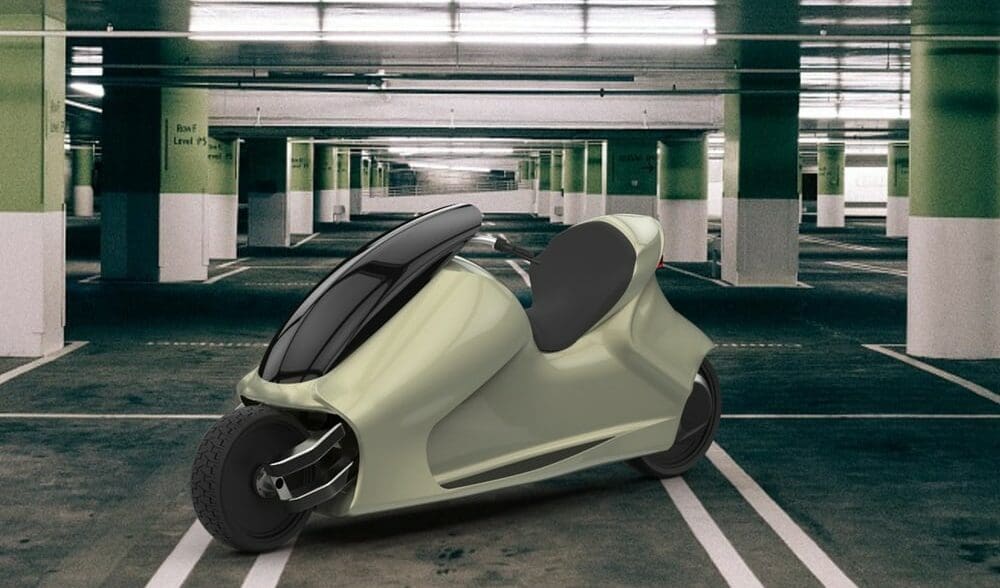Shortly after BMW Motorrad unveiled its self-balancing Vision 100 Next motorcycle, Thrustcycle has unveiled their own version of a self-balancing bike.
While there have been Segway-type self-balancing vehicles before, they balance forwards and backwards, while these balance sideways.
It means that when you slow down, internal spinning wheels take over, creating a gyroscopic effect. It keeps the bike upright until stopped, so you don’t have to put your foot down or use a sidestand, so long as the motor is still running.
In some ways, leaning three-wheel scooters such as the original Piaggio MP3 had this problem covered with a lock that you manually selected just before it stopped.
There are no details on when the BMWMotorrad’s gyroscope will be activated, but we would hope it would only work below a certain speed.

However, the electric-powered GyroCycle employs the self-balancing gyroscope all the time, so you don’t even need a sense of balance to ride two wheelers.
Thrustcycle co-founder Clyde Igarashi says it will even bring the bike back upright after leaning through a corner.
While such a bike would be great for learners and commuters in stop-start traffic, we wonder how novice riders would ever progress to a normal bike.
At least it would satisfy former Top Gear host Jeremy Clarkson who incoherently doesn’t like motorcycles and scooters because they fall over! (Has he not realised you need to engage the handbrake on a car or it will roll away!)
The GyroCycle will be powered by an oil-cooled electric Zev motor and Zev 8500-watt lithium battery giving it a range of about 130km (80 miles) and a top speed of 120km/h (75mph).
Thrustcycle Enterprises says their GyroCycle may be commercially available in 2017.
Price has not yet been confirmed, but the first production models are expected to be less than $US20,000 and getting cheaper with time.
Let’s hope it looks more exciting than the puffy looking prototype and the artistic renderings they have supplied.



